ViVE 2025: Big Ideas, Bigger Connections, and A Winter Snowstorm Warning
The following is a guest article by Amy Oliver, VP of Marketing at Panda Health Another ViVE is in the books, and I have to say, there’s just nothing quite like cramming SO much into a few short (yet…long!) days. Between the great sessions, hallway run-ins, prebooked meetings and interviews, and the occasional “Wait, have […]

The following is a guest article by Amy Oliver, VP of Marketing at Panda Health
Another ViVE is in the books, and I have to say, there’s just nothing quite like cramming SO much into a few short (yet…long!) days.
Between the great sessions, hallway run-ins, prebooked meetings and interviews, and the occasional “Wait, have we actually met in real life or just on LinkedIn?” moment, this event was everything I hoped it would be: insightful, energizing, and just a small dose of chaos.
This year, ViVE didn’t just talk about big ideas; it asked for proof. With financial pressures mounting and budgets under tighter scrutiny, health systems aren’t making decisions on vague ROI or potential alone—but also because there’s a whole lot of uncertainty in politics and what it might mean for healthcare policy. AI isn’t just a buzzword (well, it is, but also not). And tech investments, especially point solutions, are facing way more scrutiny than they did in the era of “move fast and break things”…or the COVID years, when health systems had no choice but to buy all the “digital health” things.
But, as we all know…the sessions are only half the story. For me, the true value of ViVE is in the connections: reuniting with old colleagues, meeting new industry leaders, and finding yourself in completely unexpected but amazing conversations over coffee, workouts, and, yes, even a Nashville honky-tonk or an off-the-beaten path karaoke spot!
So, here it is—half industry trends, half community moments, and 100% a whirlwind of a week.
Industry Takeaways: AI, Efficiency, and the “Prove It” Era
This year, I only caught a handful of sessions. Between those and general conversations, if there was a tagline for ViVE 2025, it’d be, “Receipts or It Didn’t Happen.” (Because in 2025, if you can’t prove it, did it even exist?)
Health Systems Are Done Buying on Hype—They Want Proof
Every panel I attended had some version of the same message: “If you can’t prove it works, we’re not buying it.”
At the CHIME session on scaling AI, leaders from Duke Health, Tanner Health, and Abridge shared how they’re approaching AI adoption—not as a shiny new toy, but as an operational shift intended to reduce provider burnout and improve the patient experience. For example, David Claxton, Sr. IT Consultant with Duke, shared how they started with a rigorous crossover trial to measure provider burnout reduction before expanding AI-powered documentation support across the system. Bonnie Boles, SVP and CMIO at Tanner Health found that once providers saw the tech in action, demand spread organically, because nothing sells a tool faster than a doctor saying, “I want that.” Let’s take a moment for IT teams around the country who are receiving happy, positive feedback and want these types of projects vs. the alternative.
The takeaway? Pilot it, prove it, scale it. But, don’t expect a free pass without real data.
AI is Not a Feature, It’s an Infrastructure Problem
At this point, if your product doesn’t have AI, are you even in digital health? (Spoiler: Probably not. And spoiler x2: the product likely had a version of AI before AI became a buzzword.)
But here’s what’s changing: Health systems are realizing that AI-powered point solutions are creating more technical debt instead of solving it. In the “Check Yes or No When Choosing the Right Ambient Technology” session, my colleague and Panda Health’s Chief Growth Officer, Jason Taylor, moderated a panel with leaders from HCA Healthcare, Ozarks Healthcare, and Cottage Health who talked about the reality of AI adoption—the integration challenges, governance concerns, and the very human side of getting providers to trust it.
These sessions showcase innovation across the entire country. For example, Michael Schlosser, HCA’s SVP and Transformation Officer, has taken a system-wide approach by identifying “innovation hub hospitals” where AI tech gets tested and optimized before broader rollout. Meanwhile, Cottage Health’s CMIO, Christophe Le Renard shared a deeply personal story about how a bad patient experience with his mom led him to champion AI-powered documentation tools—not just as a physician, but as someone who saw firsthand the impact of disconnected, distracted care.
Takeaways for me included AI isn’t just a checkbox—it must be built into the foundation of how care is delivered. And, it’s crucial to understand what the goals are and what metrics to track, even if they evolve. A big win could “just be” retention: happy clinicians means less provider burnout.
Health System Leaders are Thinking Like CFOs
Economic pressures + evolving policy uncertainty = a much slower sales cycle.
At the CIO panel on the CHIME stage with leaders from Advocate Health, Baptist Health, and Cook Children’s, there was a clear consensus: Healthcare IT budgets are tighter than ever, and every tech investment needs to be tied to business impact.
The platform-first approach has tangible dollar savings (Andy Crowder, SVP, Regional CIO, and Chief Digital Officer shared that Advocate Health saved $212 million just by standardizing on platforms!) and reduces cybersecurity threats. Fewer apps mean fewer entry and exit points for cybersecurity hackers to breach.
Theresa Meadows, SVP and CIO at Cook Children’s talked about app rationalization and how cutting their tech stack back has made them much more agile in the long run. She shared that this is the first time that technology has been HELPFUL. Teams are now shifting the conversations to “What business process are we going to solve?” because the technology will just be there, operating in the way it was designed. Amazing!
Of course, rationalizing apps and going platform-first is a big shift that requires a lot of diligent work to reduce and then manage the governance process moving forward. Tech investments now need to drive financial sustainability, not just efficiency. Vendors need to come prepared with a business case that proves immediate value—or prepare for a longer sales cycle.
Community & Connections: The Real ROI of ViVE
While the sessions were full of insights, the real magic happened in the hallways, at the receptions, and unexpected run-ins (there were plenty of these—our video guy even asked me how I knew so many people!).
Connecting with Clients
As a marketer, I relish in getting to connect with clients to hear what they are facing on the front lines. One of my favorite moments was sitting down with Panda Health members to talk about what’s working (and what’s not) in digital health. Over the years, I’ve continuously heard health systems talk about the need for true partnerships, not just vendor relationships, and that continues to remain true today. I believe that vendors are finally figuring this out, and health systems are so very appreciative!
IS and other hospital teams, like Operations, still struggle with friction, and organizations are looking for trusted guides to help navigate an increasingly noisy market. It was a refreshing conversation about what health systems actually need—and a reminder that peer insights are still the most valuable currency in healthcare tech decisions.
Women (and allies!) Lifting Women: Bluebird Leaders and CHIME
I used to be a regular at OrangeTheory, so when I saw the Bluebird Leaders workout on the agenda, I figured I’d PROBABLY be fine. Let’s just say I survived—but I definitely felt it the next, and next, and next day. (Pro tip: If you’re going to network after an intense rowing session, maybe don’t do it while out of breath.)
Since finding Bluebird Leaders last year, I’ve been so fortunate to meet smart, KIND women leaders. I attended the CHIME + Mediant League of Women Luncheon and had the joy of seeing a few familiar faces on the panel. These fierce women leaders have experience and boldly bring women along on their ride with them. They talked about taking up space and leaning in intentionally. I especially loved when Dr. Michelle Clark said, “Everywhere we are, we need to be speaking up…don’t wait on titles or permission.” And such a simple reminder from Tracy Touma from the Cleveland Clinic: “Learn to live your dreams.”
I Get by with Help from my Year-Round Marketing Partners
One of the best parts of any event is getting to connect in person with the incredible organizations who help bring our marketing strategy to life. I had the chance to catch up with the teams from CHIME, This Week Health, and Clarity Quest—all of whom play a huge role in supporting Panda Health’s marketing efforts.
Whether it’s driving brand awareness, amplifying our message, or creating meaningful content that resonates with health system leaders, these partners are truly an extension of our team. Digital health moves fast, and having trusted collaborators who understand the space (and are just as passionate about making an impact!) makes all the difference.
Swaay Friends, a BUZZ Podcast, Karaoke
Even though I missed the group photo, I was still able to connect with some of the smartest healthcare marketers out there in the Swaay.Health community. Highlights for me included recording the BUZZ PODCAST with Mike Mosquito, Jaime Lira, Larry Kaiser, and Aaron Hillman and an impromptu (but not, because John Lynn was involved!) trip to Ms. Kelli’s Karaoke.
I also loved seeing Colin Hung in action, scouting the floor and sharing his thoughts on standout innovations. I love reading his “best of” recaps, and they always take me back to my old 60×80 tradeshow booth days at Hyland. Now, instead of being tied to a booth, I’m somehow even more busy…in the best way possible.
Final Thought: From ViVE to What’s Next
As I sat on my flight home (and yes, thanks to recent headlines, I paid way more attention to the flight attendant’s safety demo), I found myself thinking less about the latest AI pitch or the hottest new startup and more about the people.
Healthcare keeps evolving (sometimes fast, sometimes frustratingly slow), but one thing remains constant: it’s the connections, the conversations, and the shared energy of this industry that push things forward.
If you’re anything like me, you feel exhausted, yet oddly energized. In a mostly virtual world, I like to say that “attending a conference fills my work cup.” And after a jam-packed few days of insightful discussions, interviews, run-ins, and so much live music with industry friends from over the years, my cup is definitely full.
ViVE once again proved that the best part of these events isn’t just the tech: it’s the people behind it.
Until next time, ViVE.
 About Amy Oliver
About Amy Oliver
Amy Oliver (she/her) has had a love for healthcare marketing since her college internship in her hometown hospital’s marketing department. Since then, her passion has evolved into B2B health tech and working for companies offering innovative solutions to serve health systems to ultimately better meet the needs of their patients.
As the VP of Marketing at Panda Health, Amy leads a team responsible for the development and execution of the marketing strategy for the digital health organization. Amy brings more than 15 years of marketing experience to her role and prior to Panda Health, she was the head of marketing at Xealth where she owned all major marketing functions. Previously, Amy led the global healthcare marketing efforts at Hyland, overseeing the team in charge of the largest vertical in the Hyland portfolio.














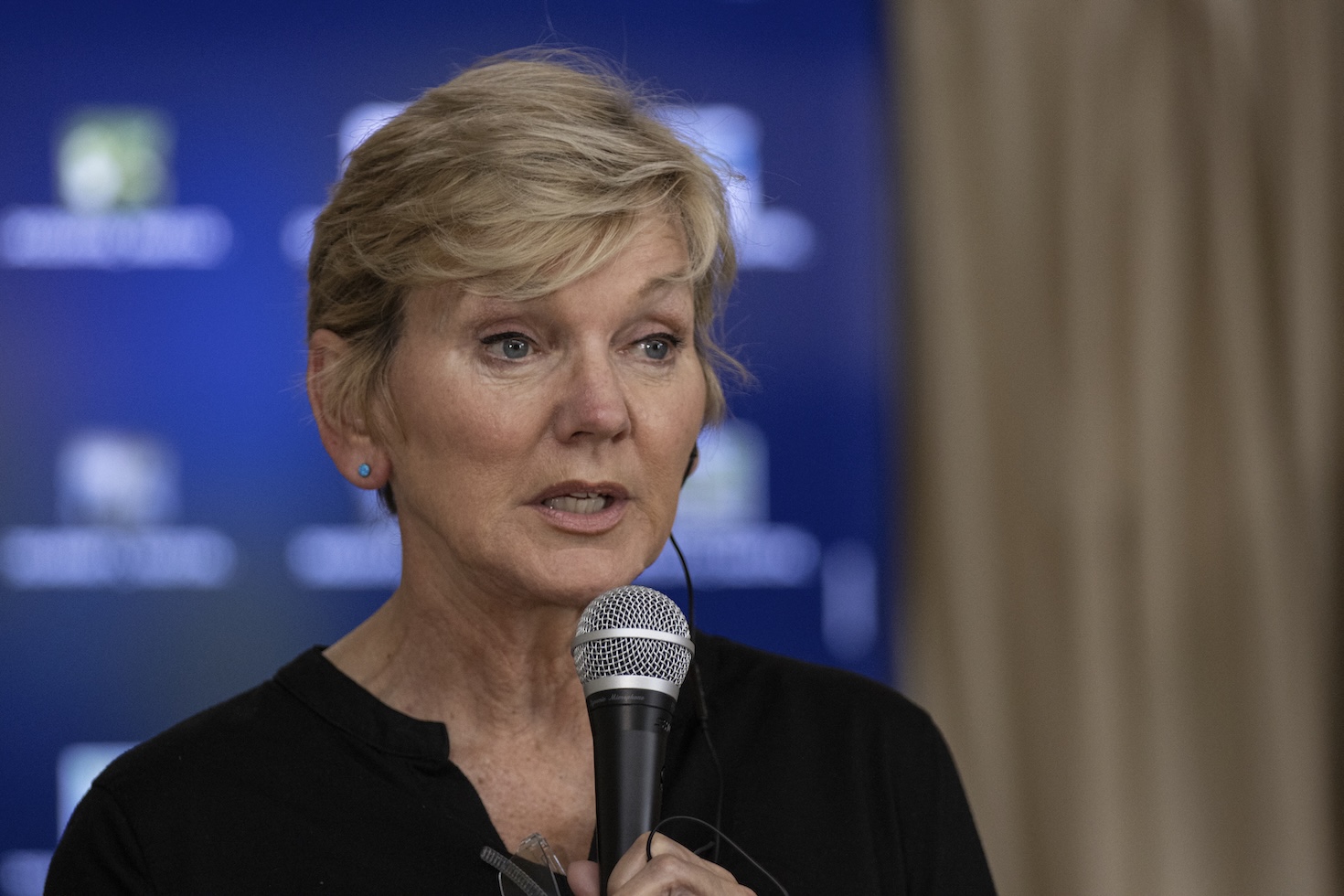
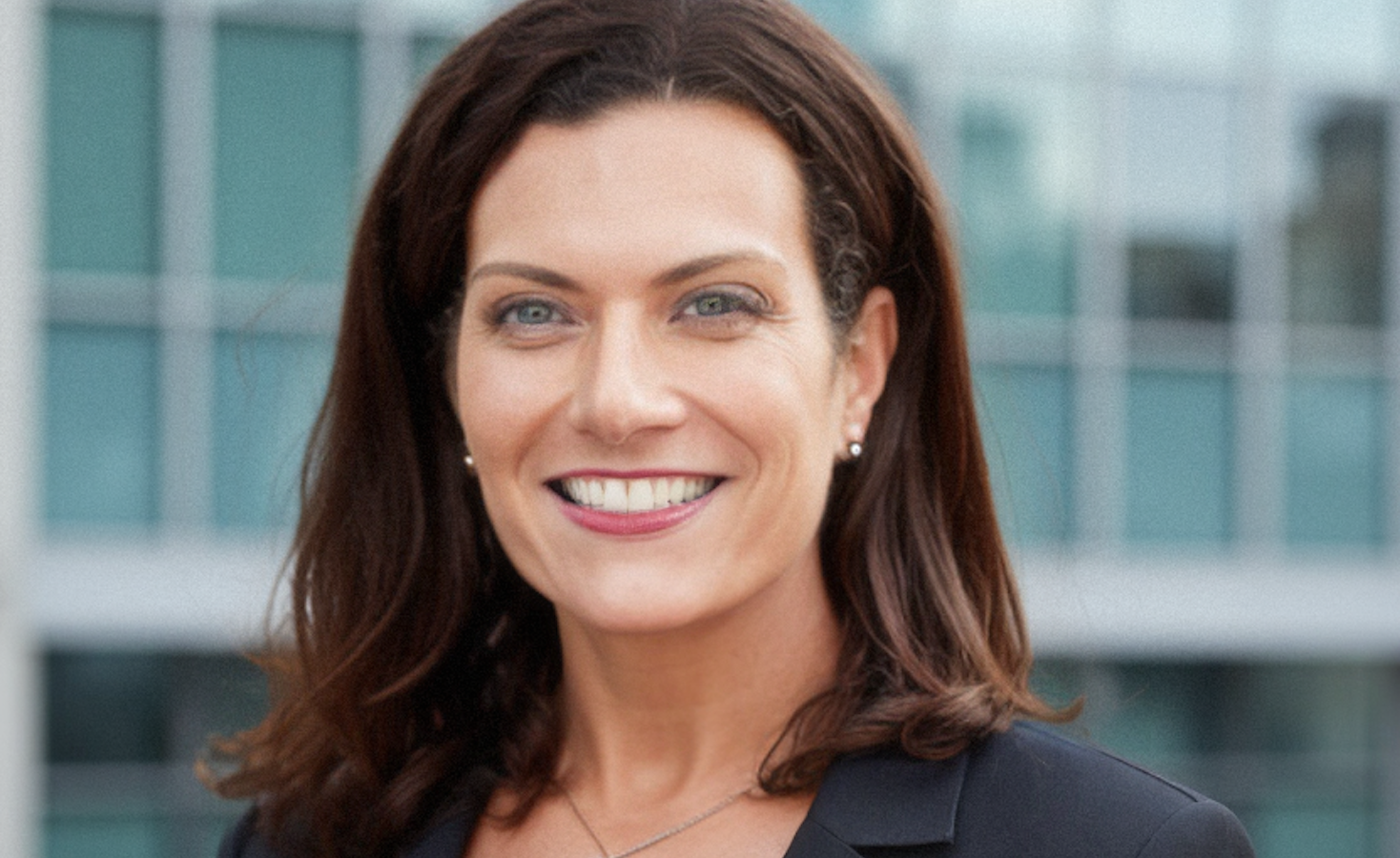














































































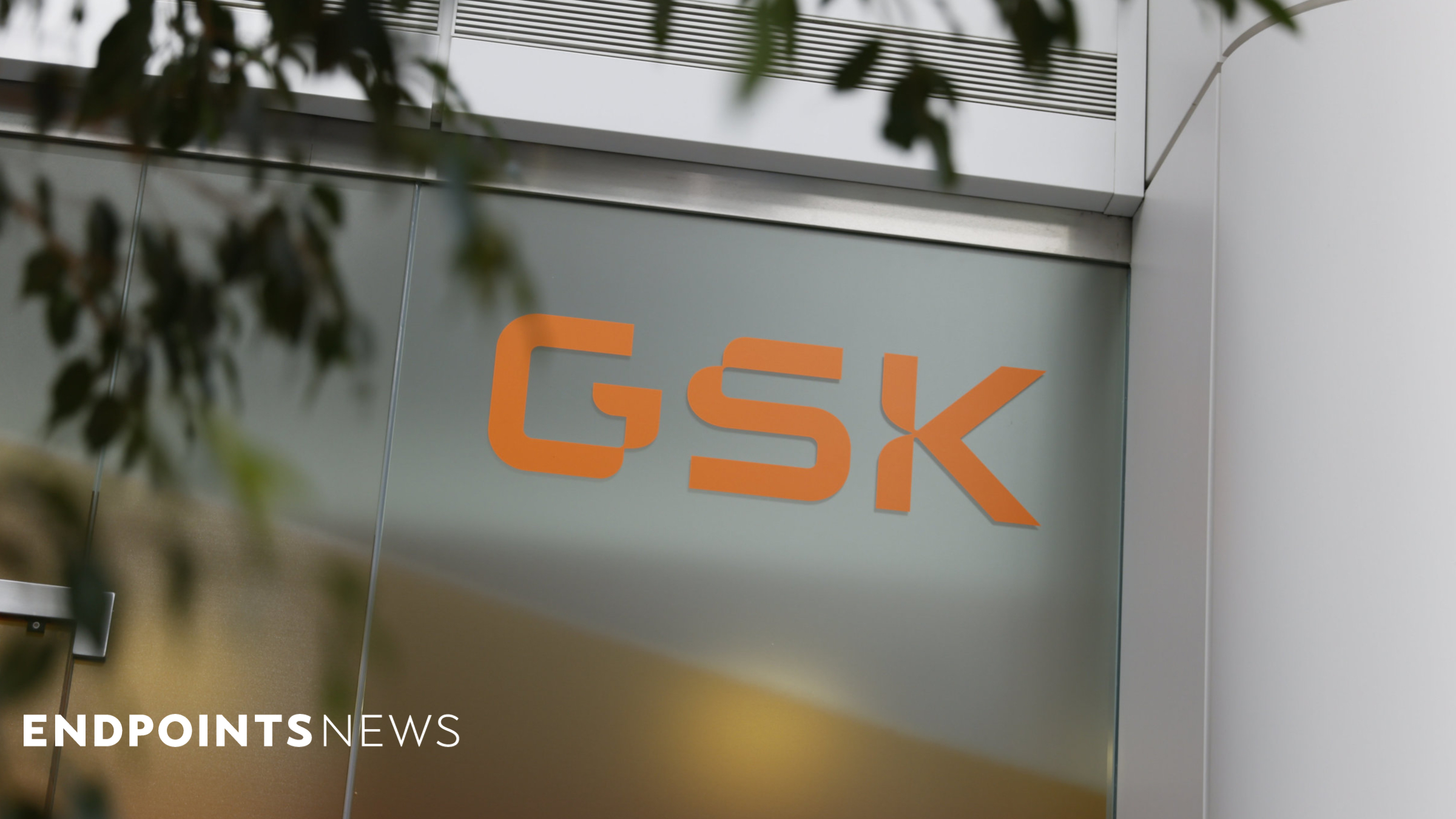
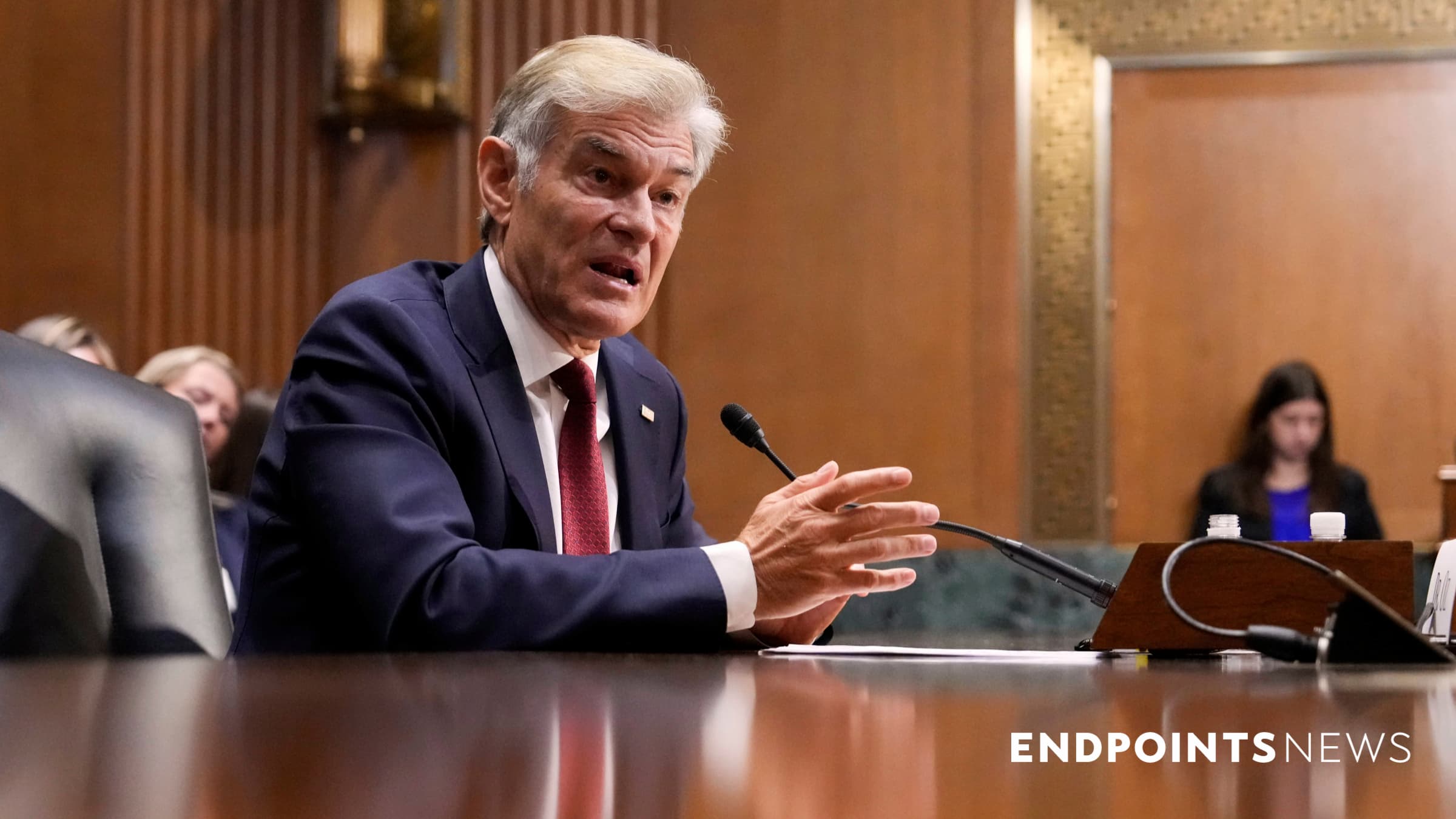




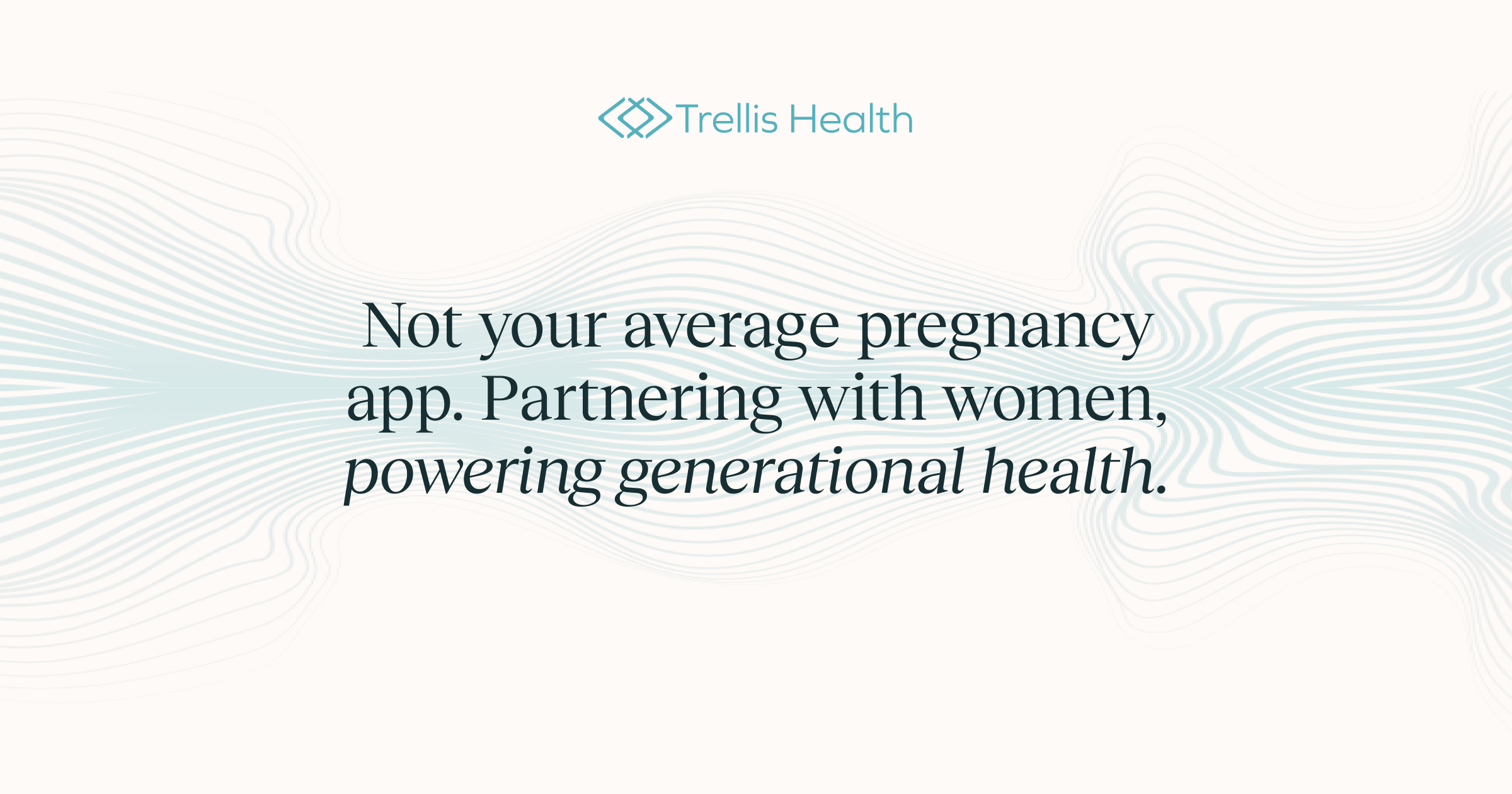
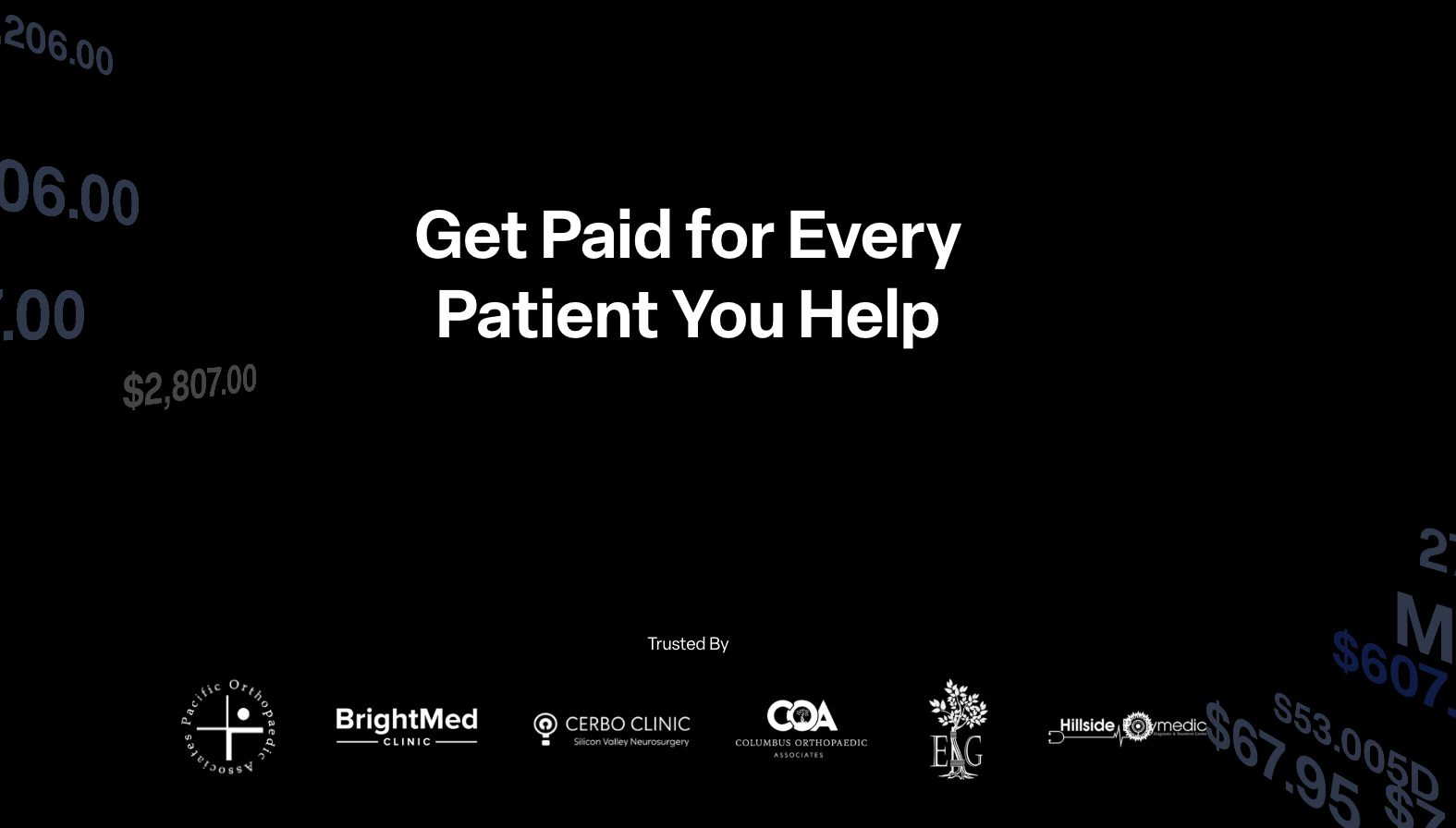
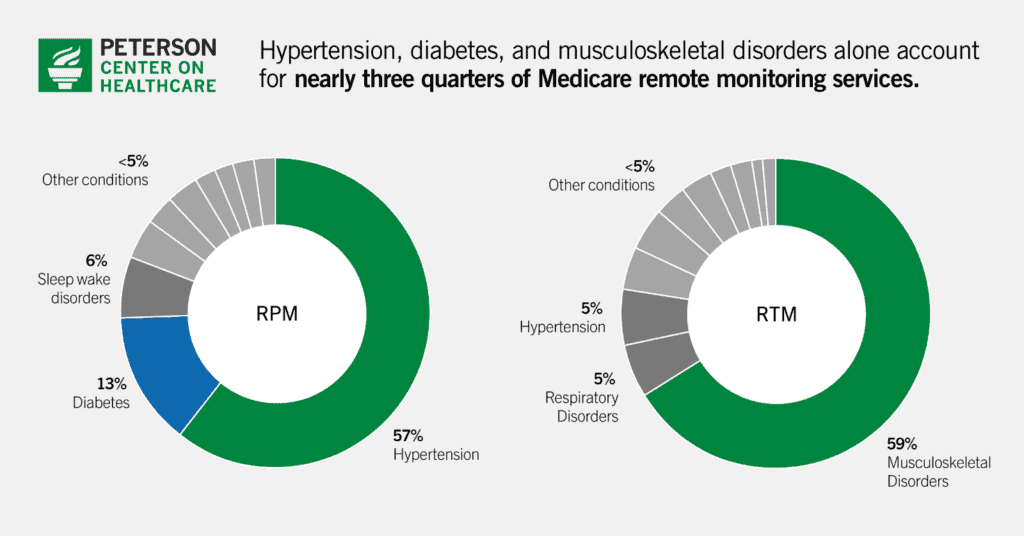















![The breaking news round-up: Decagear launches today, Pimax announces new headsets, and more! [APRIL FOOL’S]](https://i0.wp.com/skarredghost.com/wp-content/uploads/2025/03/lawk_glasses_handson.jpg?fit=1366%2C1025&ssl=1)

















